
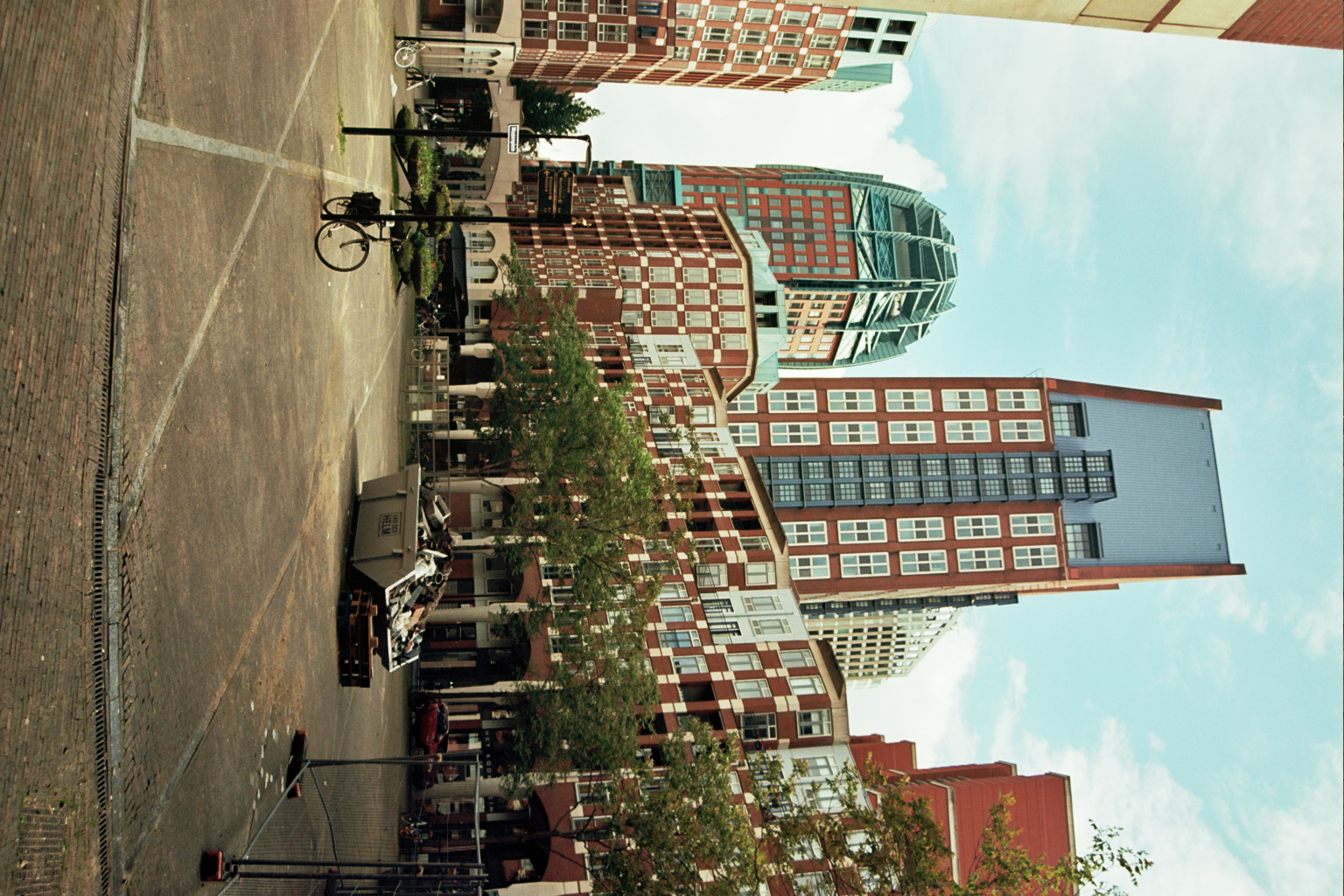
Image link - posted 2022-05-14
In this digital age, we still may want to shoot photos on film. But what type of film?
Or why film in the first place?
I think that last question will have a different answer for everyone. For me, it's the joy of seeing decades old machines do what they were built to do so cleanly. I can just pull the film advance lever and push the shutter on my Nikon FE time and time again, it never gets old. It's even better when there's film in the camera. Although of course then this starts to cost real money.
Read the article - posted 2022-06-19
If you want to understand the chemical reactions at work during the processing of a film without going back to your school bench:
Read the article - posted 2022-07-01
If you shoot (or shot) photos on film, you'll probably want to scan that film in some way to get those photos on your computer. There are various ways to get that done. For reasons that I'll talk about later, I decided to have a go at scanning negatives using my digital camera recently.
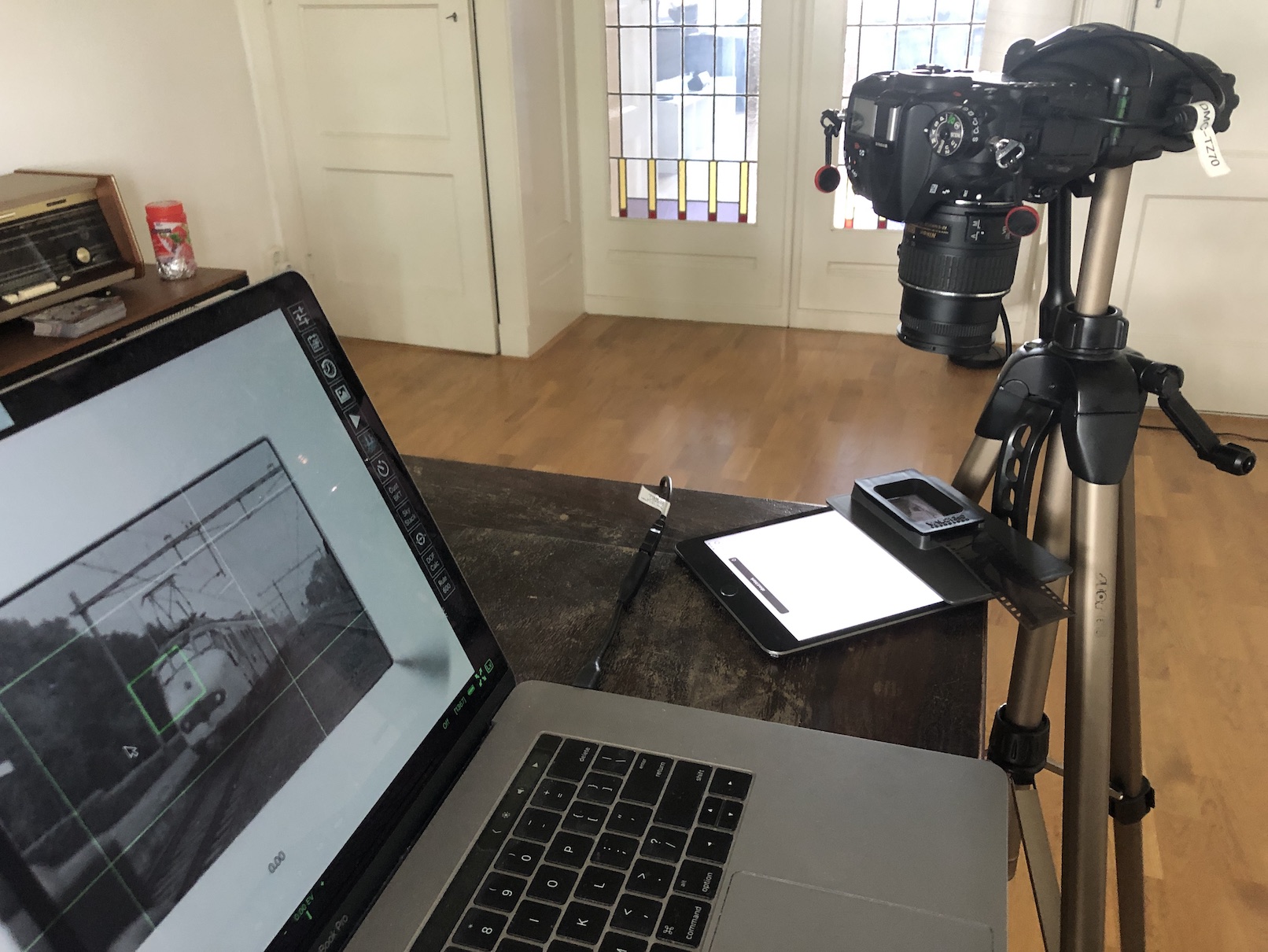
The other day, the Youtube algorithm served me up this video: Film Photography's Future is its Past | Cameras and Coffee with David Hancock. In it, David Hancock more or less adopts the premise of this article: Film Photography Is at a Crossroads Headed for Extinction: What It Would Take to Turn It Around and Why It Won’t Happen by James Madison.
Is the world running out of film cameras? Is it feasible to create new ones?
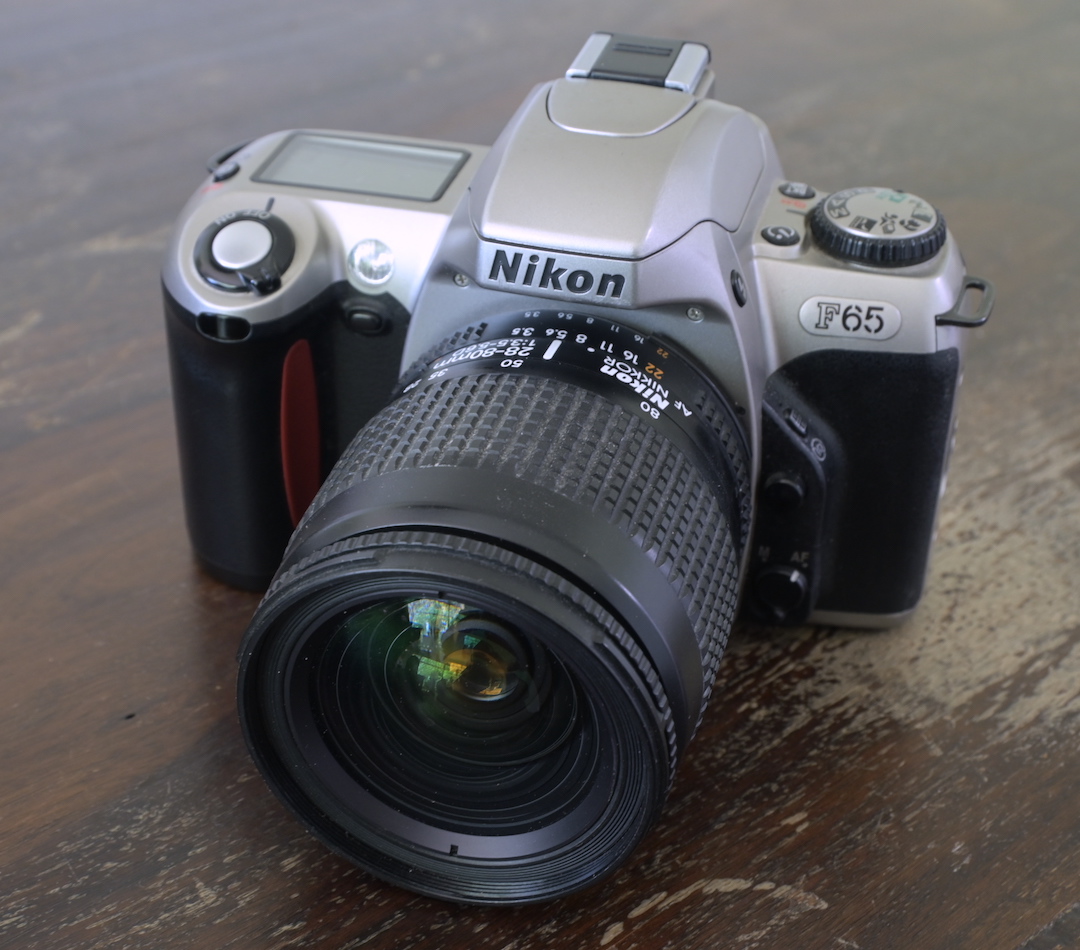
The idea behind the AppleTV 4K streaming puck is that you see your content in 4K. In the case of photos in the screensaver, that's not what you get. The AppleTV 4K, showing photos from my laptop using "home sharing" (no not iCloud photos):
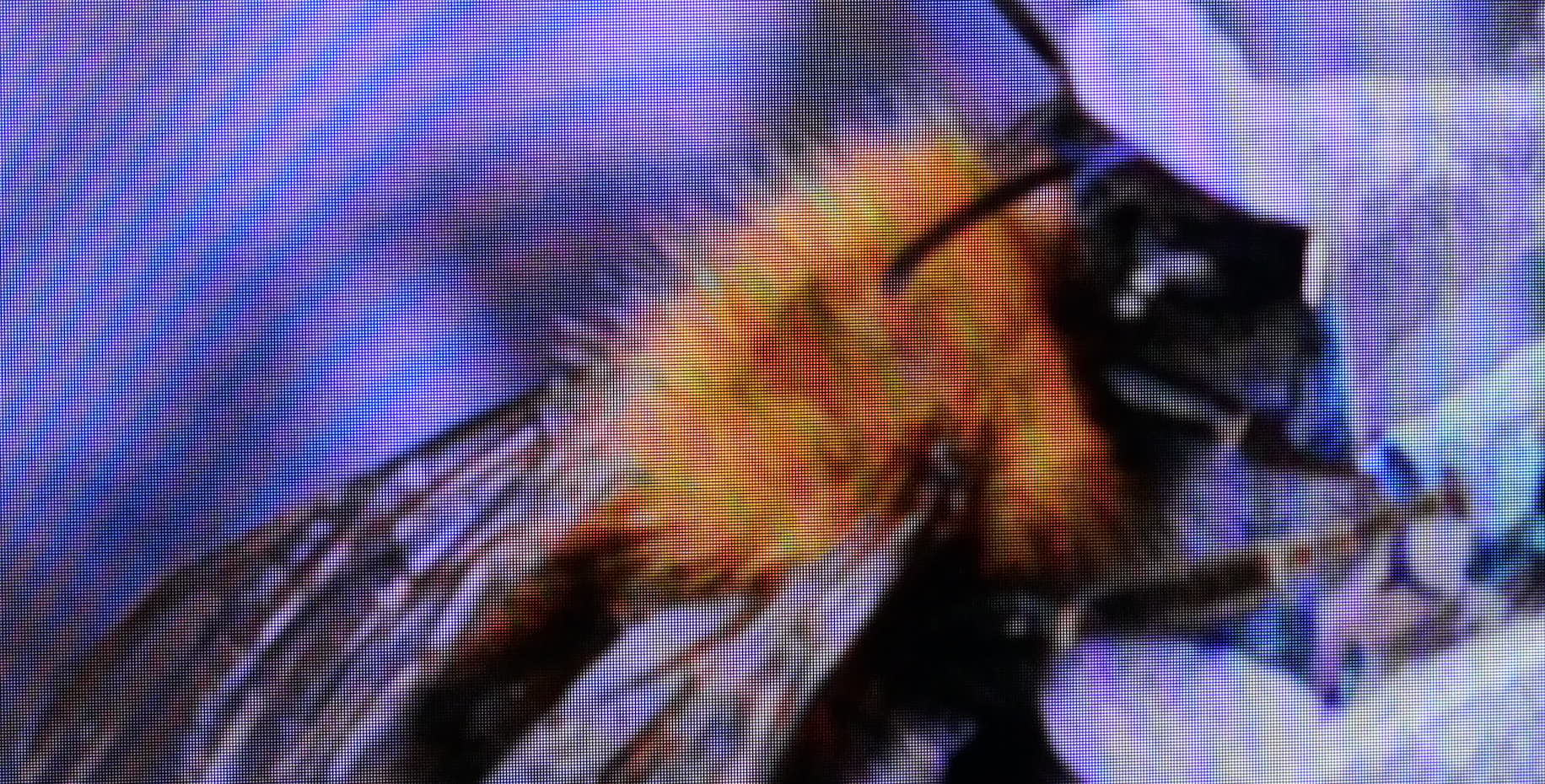
When I play a slide show with the same images on my LG OLED TV, I get this:
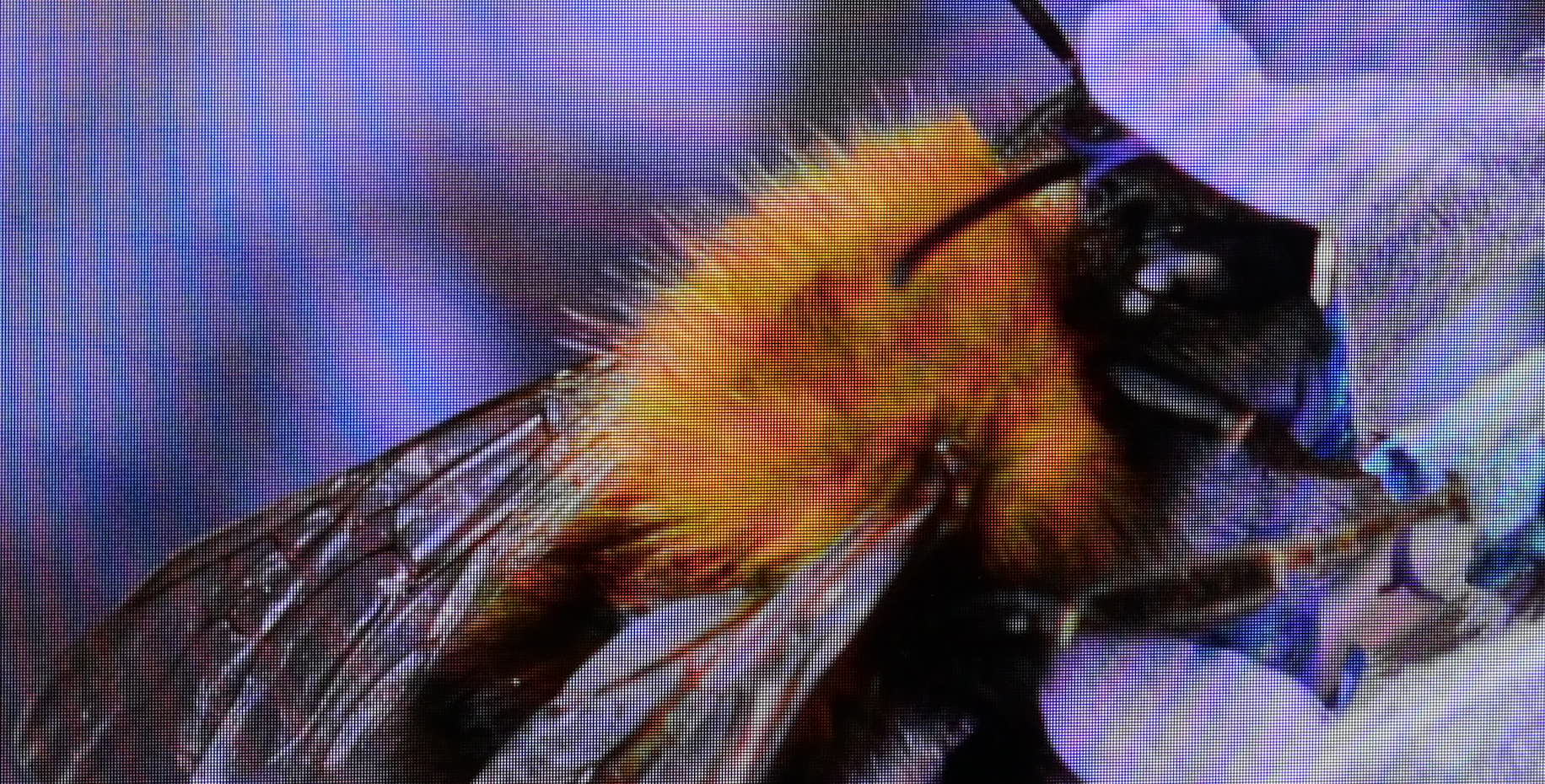
These are photos taken of the TV image, of course zoomed in quite a lot, but if you're sitting close enough to the TV to be able to tell the difference between HD and 4K, the difference is pretty obvious.
What gives, Apple?
Permalink - posted 2022-07-11
The Best Camera:
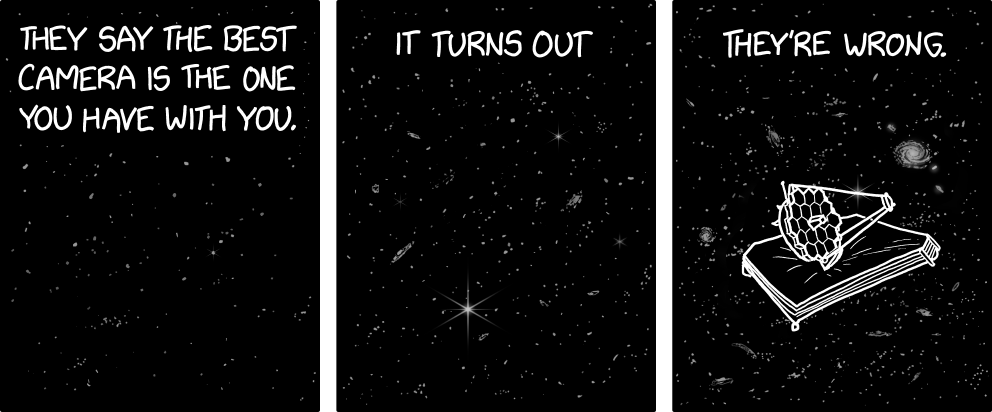
These days, most of us have devices that can shoot video. And that's no longer as simple as it was 25 years ago. Back then, if you lived in a "60 Hz" country such as the US, your video camera would shoot 30/60 frames per second. (See interlaced video on Wikipedia to understand why this is "30/60".) In parts of the world where the electrical grid runs at 50 Hz, such as Europe, our video cameras would use 25/50 Hz.
Because converting 24 frames per second film to 25 frames per second video is horrible (the image stutters once a second), in 50 Hz territories, film would be sped up to 25 FPS to show on TV or record on video tape or DVD.
These days, we all just watch Youtube where the video framerate can be 24, 25, 30, 50 or 60 FPS.
Most of us also have a video recording device in our pockets that usually supports at least several different framerates.
So... what's the best framerate?
Read the article - posted 2022-10-04